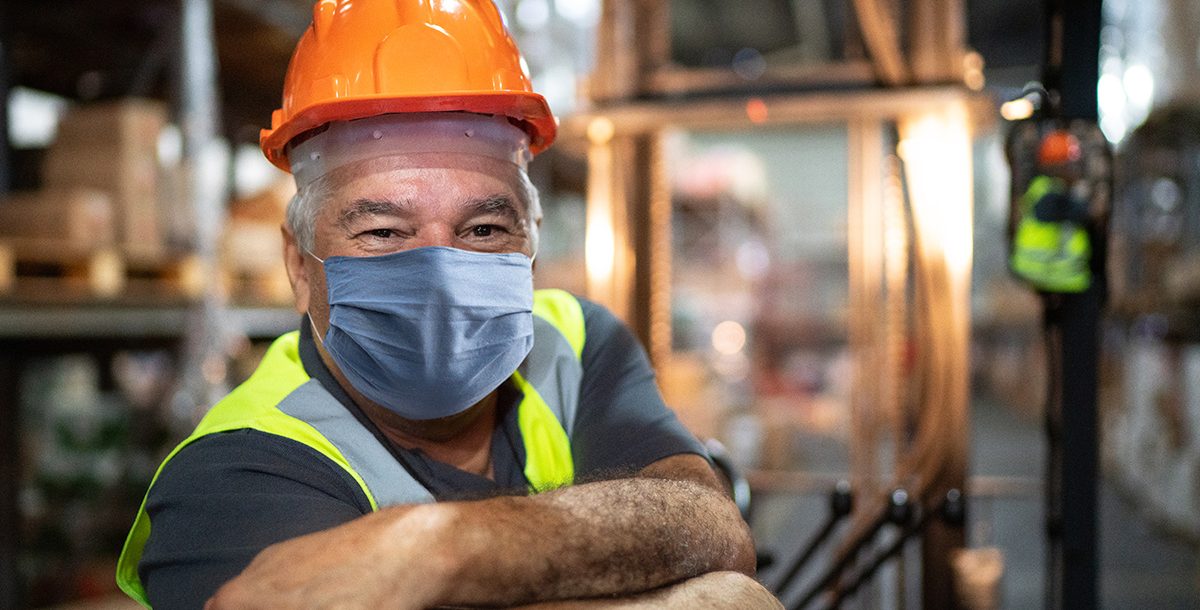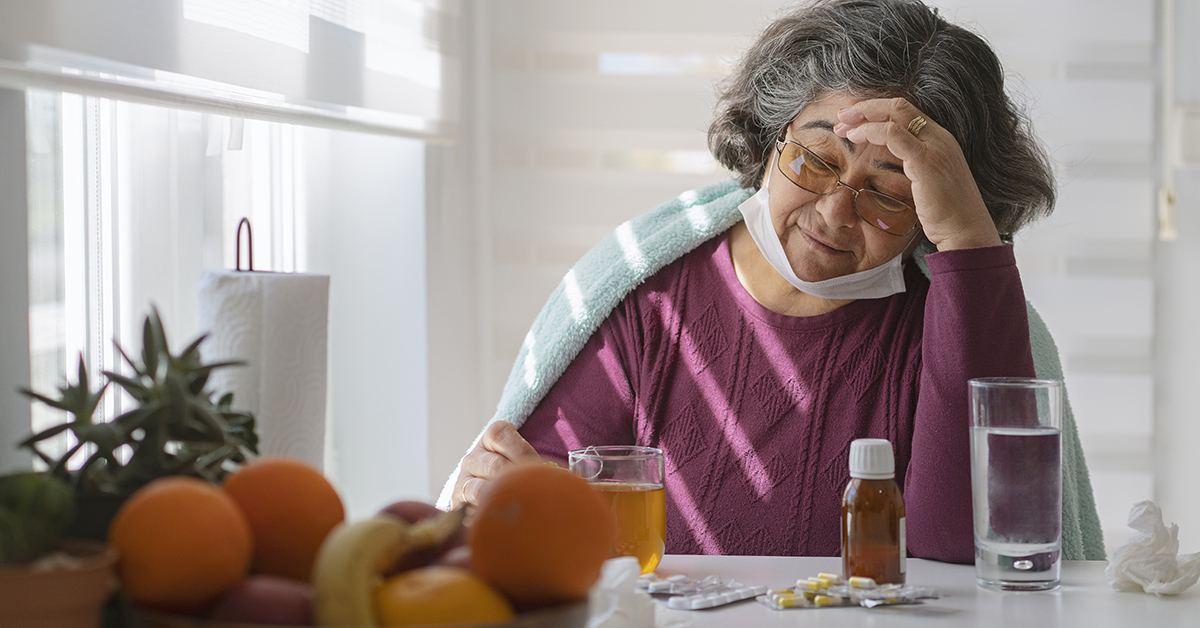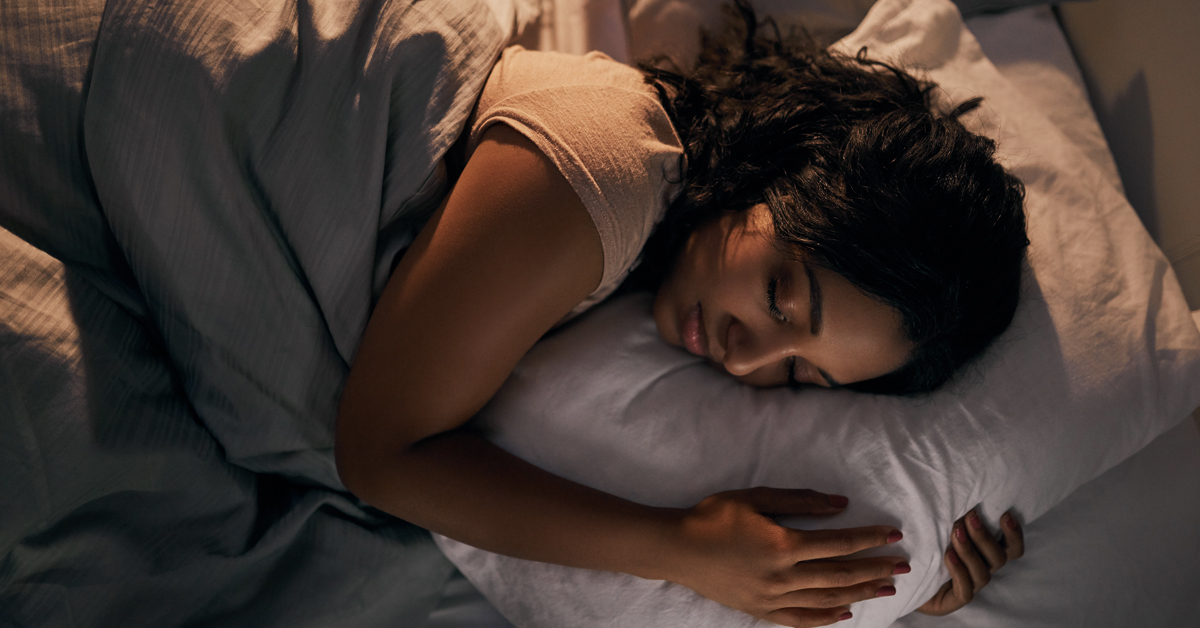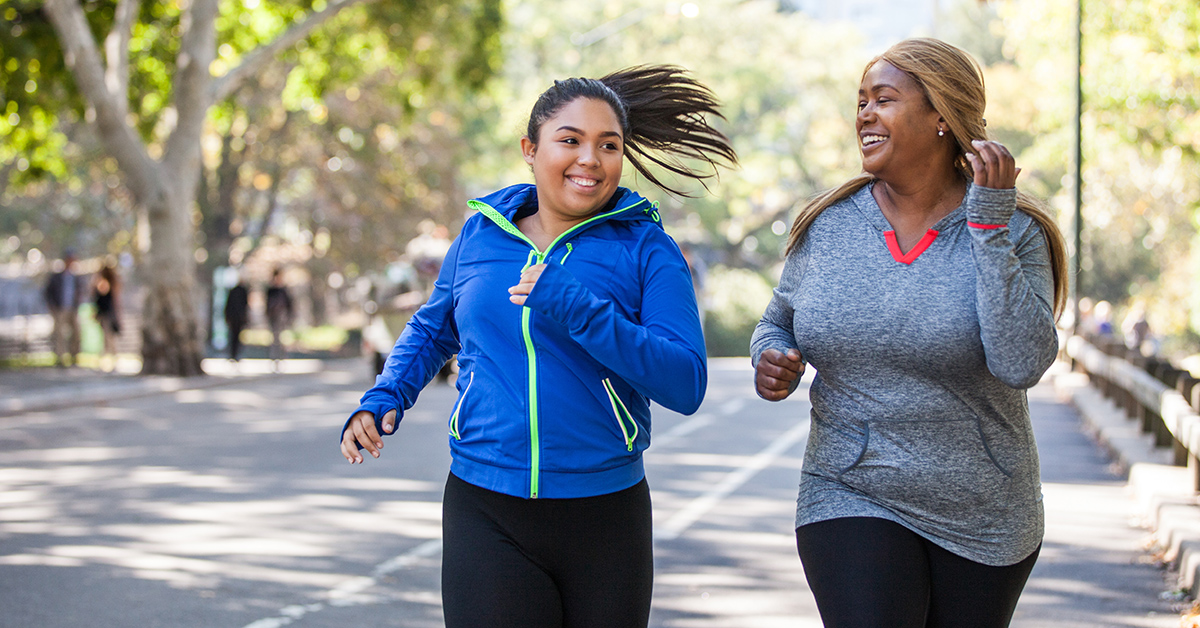Washing your hands often and avoiding close contact with people who are great ways to help slow down the spread of COVID-19. Additionally, research has shown that covering your mouth and nose can help reduce the spread of the virus, too. That’s where wearing a face mask comes in.
How face masks work
COVID-19 spreads most easily when an infected person coughs, sneezes or talks. This sends droplets into the air that carry the virus. These droplets can transfer the virus to another person who inhales them or touches their mouth or nose after getting the droplets on their hand. This transfer can happen without your realizing it.
A face mask acts as a barrier that prevents those droplets from spreading through the air after an infected person coughs, talks or sneezes. If the droplets aren’t in the air, you can’t inhale them and the virus they may contain. Because it’s possible to spread the virus before you have symptoms, wearing a mask helps protect the people around you — especially those with a higher risk of developing a serious illness.
Who should wear face masks?
Wear a face mask any time you’ll be around people who don’t live in your household or when social distancing isn’t possible. This includes public and private settings such as a store, an office or a gym. If you’re caring for loved ones who have tested positive for COVID-19, wear a face covering when you’re near them even when you’re at home.
Ideally, everyone would wear a face mask when out in public, but this isn’t possible for everyone. Some people have disabilities and impairments that make it difficult wear a mask. This includes with certain mental health conditions or breathing issues and people who are deaf or hard of hearing (for whom masks interfere with communication). Children under age two also should not wear masks.
What type of mask is best?
The best type of face mask is the one that you wear each time you’re in public. It should cover your nose and mouth and stay in place without your needing to adjust it. Your mask also should fit snugly against your face. A cloth face covering can do all of this.
If you wear glasses, you may not want to wear a face mask because it fogs your eyewear. You can avoid this by wearing a covering that fits snugly across your nose or by moving your glasses forward on your nose to allow more room for the warm air to circulate as you breathe. Another option is to wash the lenses with soap and water before wearing them.
Tips for wearing and caring for your mask
It’s important to wear your mask regularly when you’re in public. It’s also essential to wear it right. The first step is choosing a face covering that fits your head. Then, learn how to properly put it on and remove it. To take care of your mask and use it safely, follow these tips:
- Avoid touching your mask while you’re wearing it.
- Wash your hands before putting on your mask and after taking it off.
- Avoid touching your nose, mouth or eyes when taking off your mask.
- Soak your mask in a bleach solution for 5 minutes and wash it by hand.
- Wash your mask in the washing machine using the warmest water setting and regular laundry detergent.
- After washing your mask, put the mask in the dryer and run it through a high heat cycle, or let it dry in the sun.
At the end of the day, a simple piece of cloth can play a big role in helping you and your loved ones stay healthy.
Stay updated on what Bon Secours is doing related to COVID-19.





